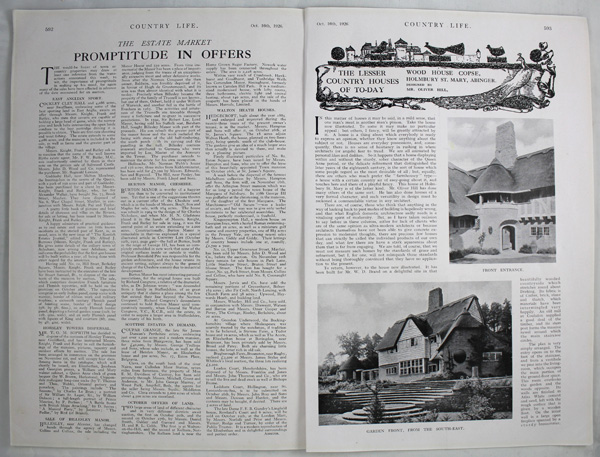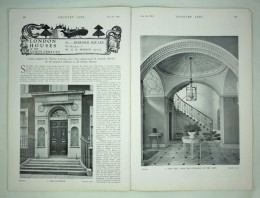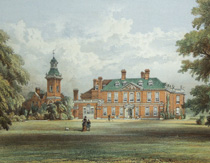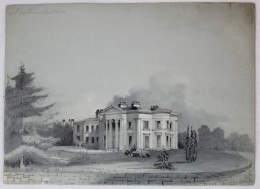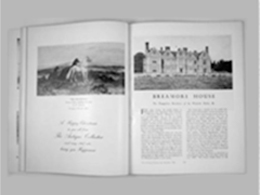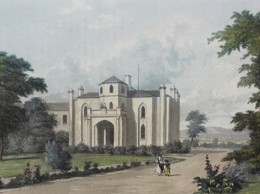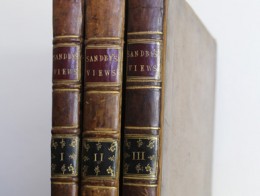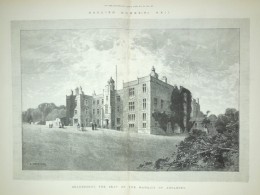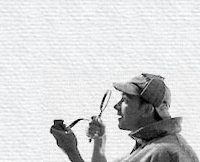
Oliver Falvey Hill (1887-1968)
Oliver Falvey Hill (1887-1968) a British architect and garden designer. Born in Kensington London. His early mentor was Edwin Lutyens who suggested that he start in the builders yard to gain experience and understanding. In 1907 he studied under architect William Flockhart. He gained an interest in garden design and became a friend of the garden designer Gertrude Jekyll. Upon setting up his own office, his first major project was Moor Close in Berkshire (1910-1914) where he added an extension to the existing house and created terraces and gardens that complimented the Jacobethan style of the house.
He is most recognised for his Art and Crafts style country houses that he designed during the 1920's, these being Woodhouse Copse in Surrey, Cock Rock in Devon and The Thatched House in Warwickshire. The designs were hugely influenced by the work of Lutyens with his use of brick, stone, weatherboarding and thatch.
In the 1930's his style leaned towards modernism and his first major modernist domestic project was Joldwynds in Surrey. He then went on to design the Midland Hotel, Morecambe in Lancashire. He was head of a team of designers for the Frinton Park Estate in Essex, a modern estate. He had plans to build hundreds of homes and a hotel with a prime piece of land next to the sea saved for his most luxurious designs. Due to economic reasons only 10 - 15 houses were built by Hill, a few more were added by other architects. In the mid 1930's he also started to concentrate on luxurious interior design which was in the form of Art Deco, most famous being Gayfere House in Westminster. Around that time he designed the interiors of No. 40 and 41 Chelsea Square. Interior decorator Syrie Maugham asked Hill to work alongside her when she redesigned her own home, No. 213 Kings Road, London. During this period Hill became friends with Christopher Hussey, architectural editor at Country Life magazine, it was during this friendship that Hussey had an influence on Hill and his designs. In 1933 Hill was the lead designer for the Exhibition of British Industrial Art in relation to the Home, held at Dorland Hall in London.
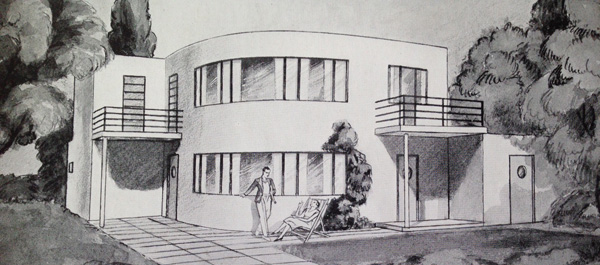
Over his lifetime Hill was elected a member of the Royal Institute of British Architects, The Royal Society of Arts and the Institute of Landscape Architects. He lived at Valewood Farm in Surrey in the 1920's and then resided at Daneway House in Gloucestershire, he also owned properties in London, 19 West Eaton Place and 35 Cliveden Place.
It is believed that Hill blamed Adolf Hitler for the ending of his career. He was actively designing but sadly many of his post war designs were never built. His last house was built in the 1960's.

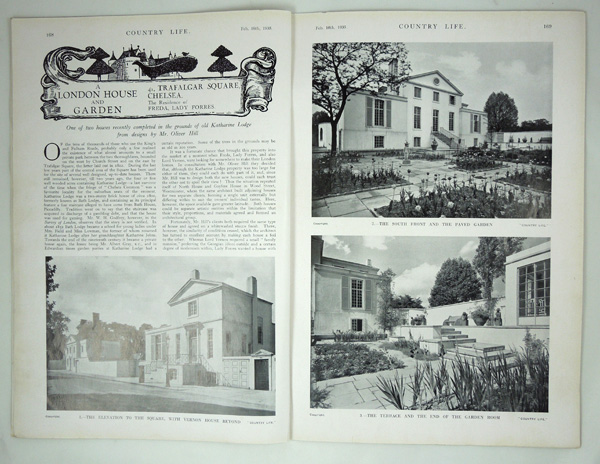
41 Chelsea Square (Formerly Trafalgar Square), London. Designed by Mr Oliver Hill
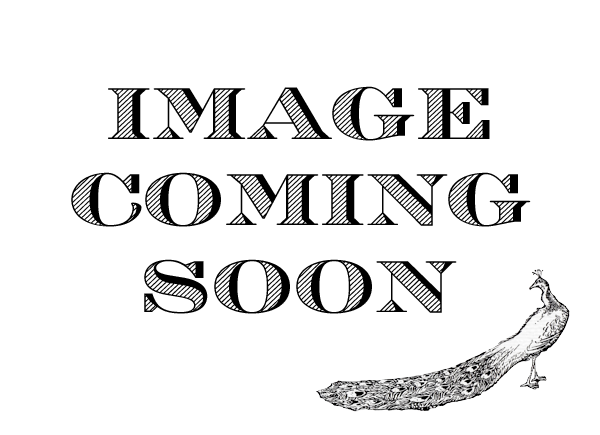
Cock Rock, Croyde, North Devon. Designed by Mr Oliver Hill

Daneway House, the Property of the Earl Bathurst
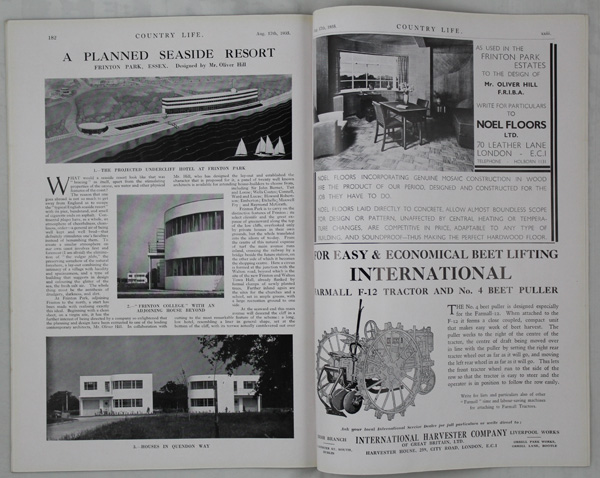
Frinton Park, Frinton-on-Sea, Essex. A Planned Seaside Resort designed by Mr Oliver Hill
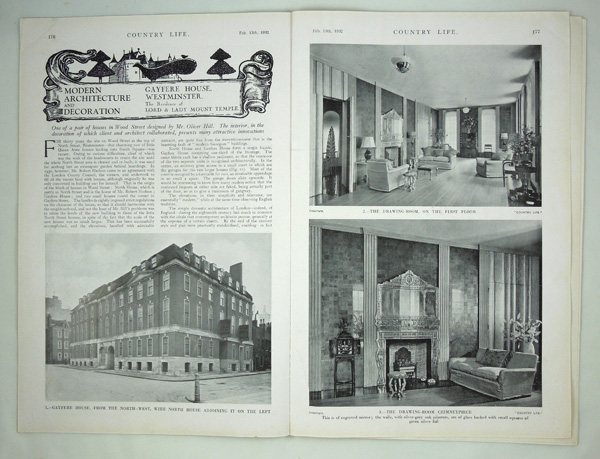
Gayfere House, Westminster, the Residence of Lord & Lady Mount Temple
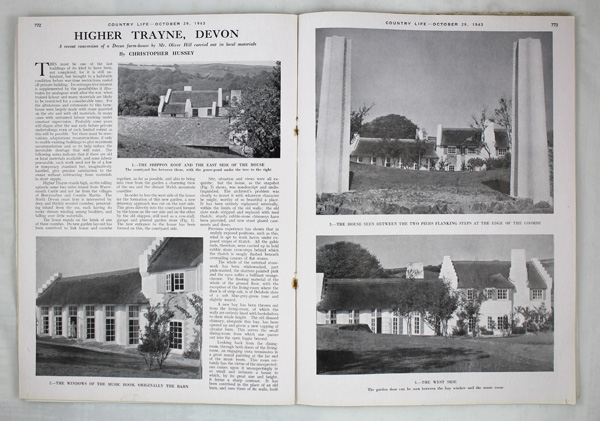
Higher Trayne, A recent Conversion of a Devon farm-house by Mr. Oliver Hill.
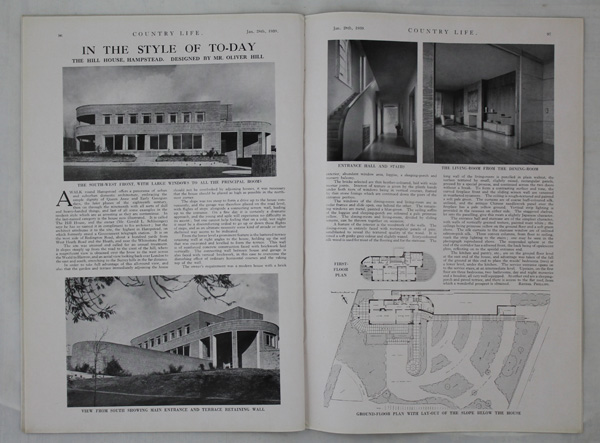
Hill House in Hampstead, London. Designed by Mr Oliver Hill

Holthanger (Cherry Hill) on Wentworth Estate in Virginia Water
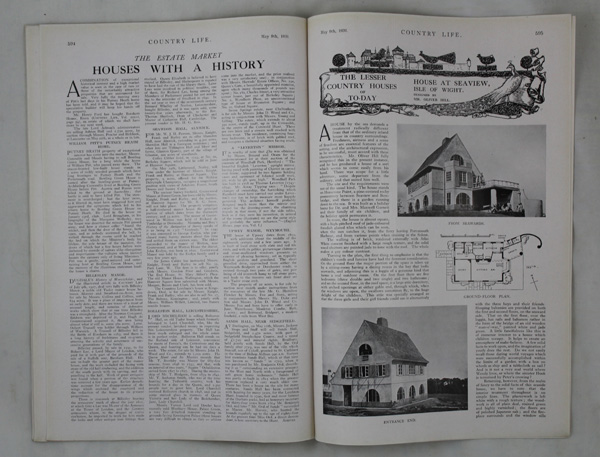
House at Sea View, Isle of Wight, Designed by Mr Oliver Hill
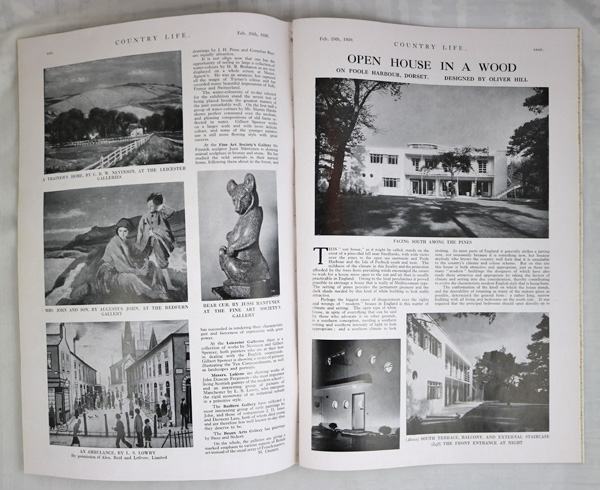
Landfall (Open House in a Wood), Poole, Designed by Oliver Hill

Mallards at Putney Hill, designed by Oliver Hill
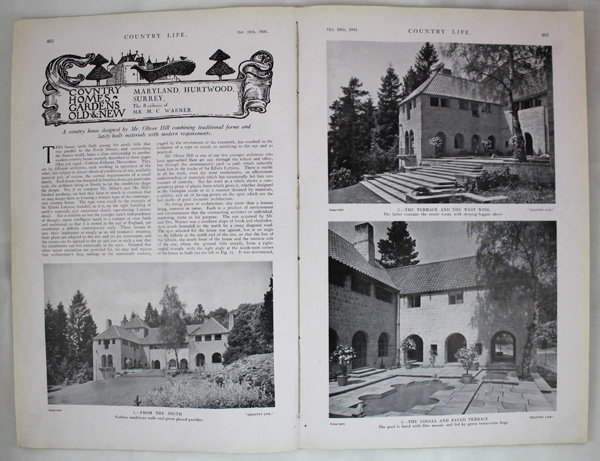
Maryland at Hurtwood, Designed By Mr Oliver Hill
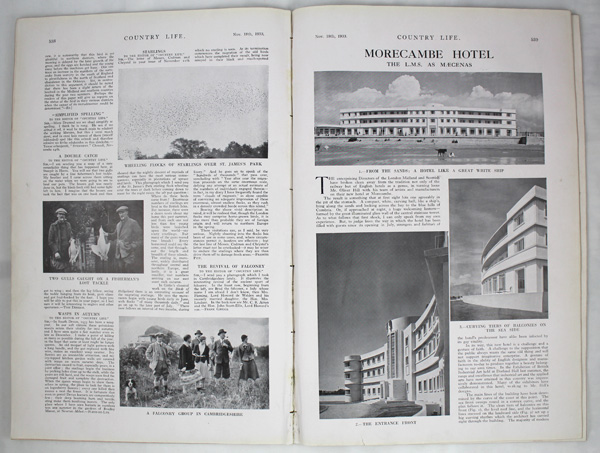
Morecambe Hotel (The Midland Hotel at Morecambe)
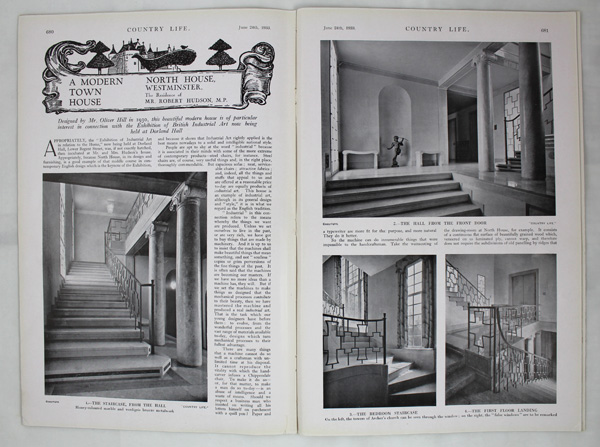
North House, designed by Mr Oliver Hill and the Residence of Mr Robert Hudson, M.P
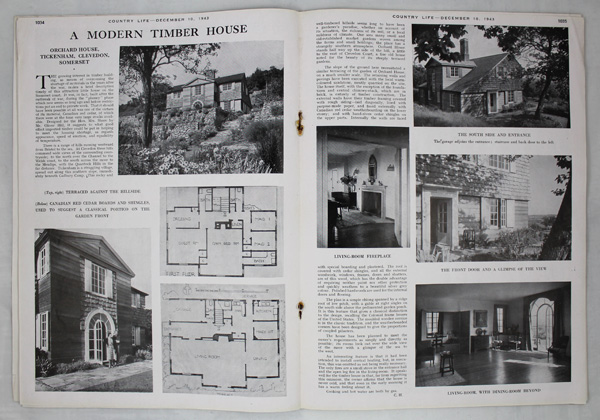
Orchard House, Tickenham

The United Kingdom Pavilion, Paris International Exhibition. Architect, Mr Oliver Hill
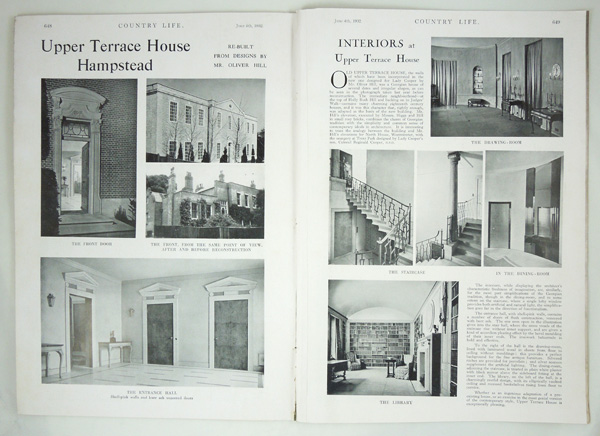
Upper Terrace House, Hampstead. Rebuilt from designs by Mr Oliver Hill
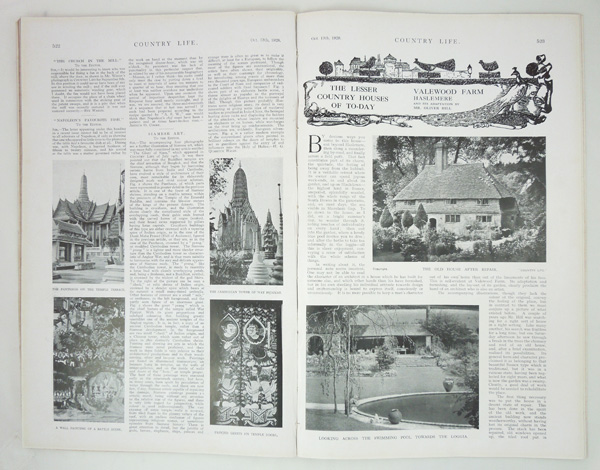
Valewood Farm, and its adaptation by Mr Oliver Hill
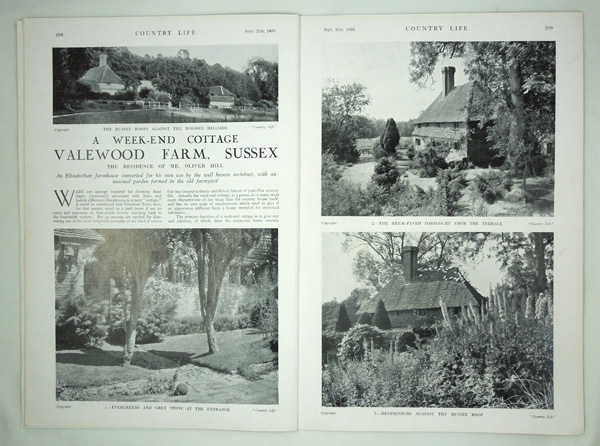
Valewood Farm, Haslemere, The Residence of Mr Oliver Hill
